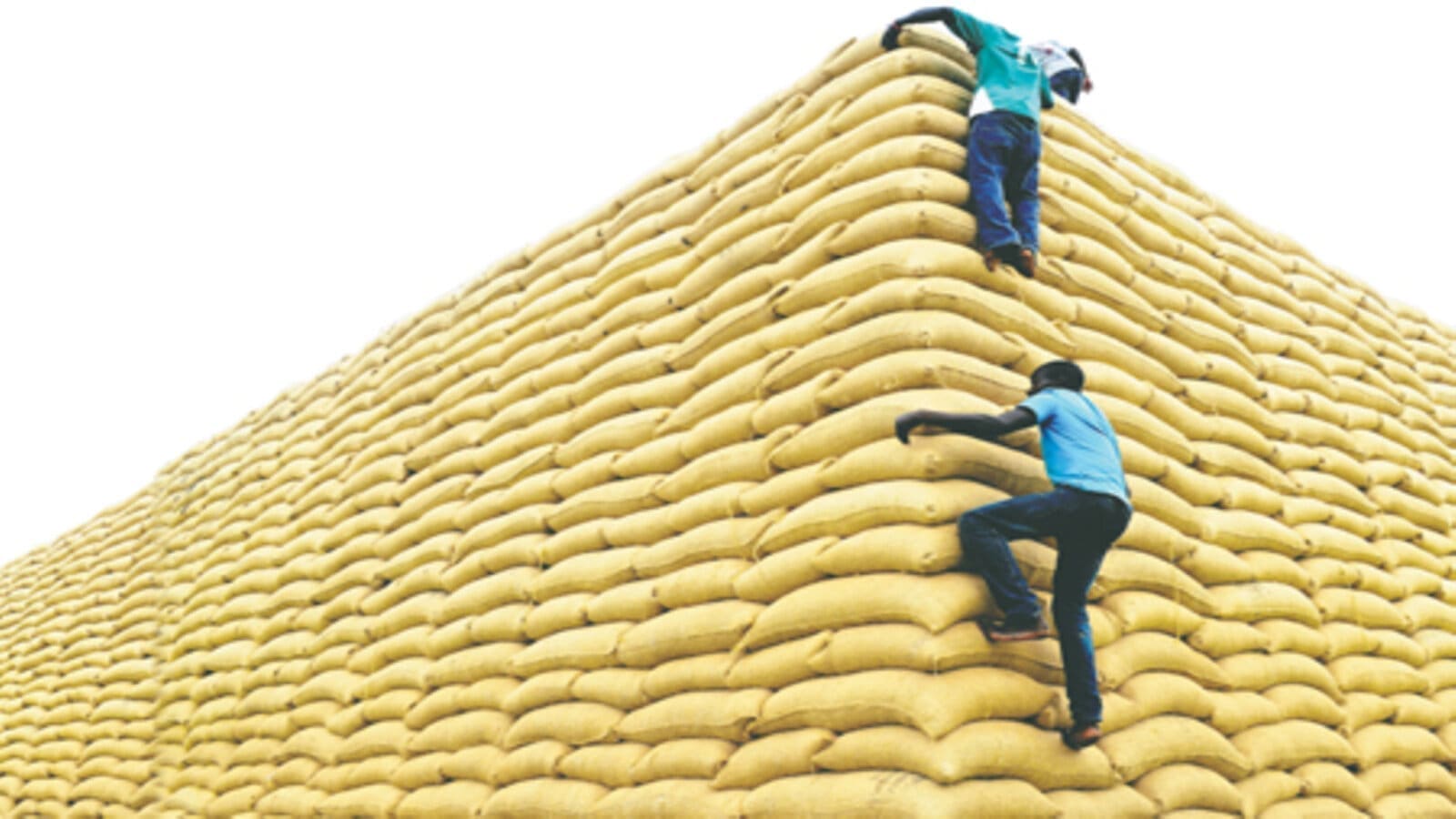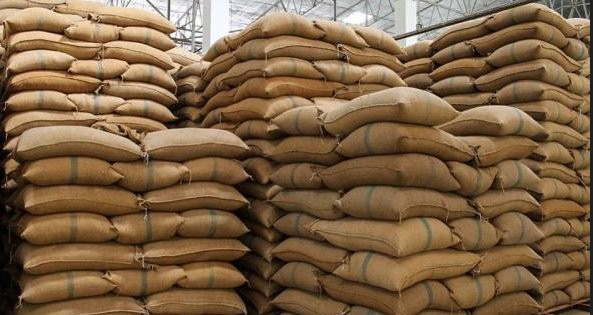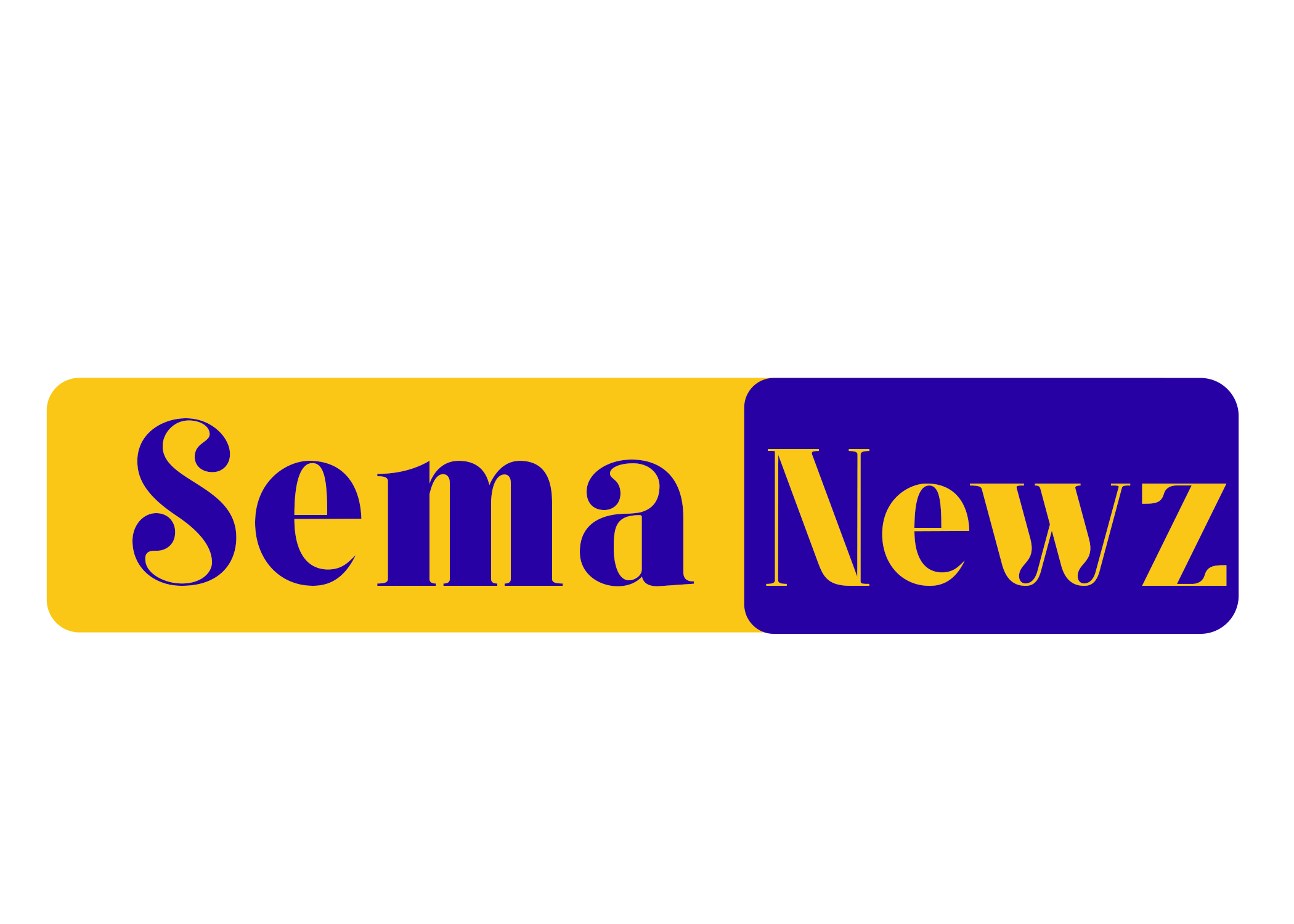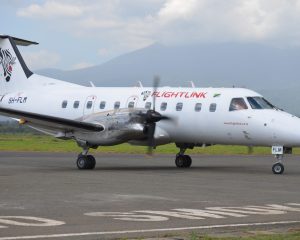NFRA To Spend 6.2bn/- To Construct The Agency’s Headquarters In Dodoma Capital City

IN A NUT SHELL
Apart From Increasing The NFRA’s Visibility, The Initiative Focuses To Improve Our Service Delivery In Ensuring For National Food Security.
In This Year’s Grains Purchasing Season, The NFRA Is Looking Forward To Spend 869bn/- To Purchase 800,000 Tonnes Of Maize, 150,000 Tonnes Of Rice, As Well As Other Tonnages Of Legume Crops, Sunflower And Sugar.
DODOMA. THE National Food Reserve Agency (NFRA) is finalising process to embark on a project for the construction of the agency’s headquarters in Dodoma Capital City.
Set to commence in the current fiscal year, the constructive project to be erected at Mahomanyika area, in the fringe of the capital city will consume at least 6.2bn/- upon it completion.

Dr Andrew Komba
NFRA Chief executive officer (CEO) Dr Andrew Komba informed ‘Semanews’ over the weekend that fund for the implementation of the project comes from a total of 1.2 trn/- budget that the NFRA set aside for running it activities in the 2025/26 financial year.
He noted, the project entails erection of NFRA head office, ultramodern laboratory, a special mechanisation center as well as other key departments, all under the same roof.
“Apart from increasing the NFRA’s visibility, the initiative focuses to improve our services delivery in ensuring for national food security,” he said.
Dr Komba expressed that during 2024/25 financial year, the NFRA conducted a thorough restructuring and improvement of the agency’s operating structure with an eye to transform it into a commercial – based entity.
“From now henceforth, NFRA will operate with a more commercial eye. We will continue working to ensure for food security in the country through buying and reserving enough grains, whereby we will however use the surplus food to market it to various neighbouring countries in need,” he informed.

He added, the NFRA is currently marketing grains to Kenya, Zambia and Malawi, saying plans are foot to expand the trade into Zimbabwe and DRC Congo.
On earlier this financial year the government gave us at least seven new staff as part to assist the NFRA to stabilize it services delivery.
“We’re now going to deliver our services in advanced quality through the adopted digital food tracking system, the cloud- connected system which is useful in terms of performing stock management, and grains purchasing system through issuing goods received notes (GRN) to farmers,” he said.
From the set aside 1.2trn/- budget, the NFRA plans to accomplish an array of interventions to help heightening it services delivery in the current fiscal year.
The projects that primarily aims at increasing the agency’s grains Storage capacity to the tune of 1.1 million tonnes include construction of new grains storage towers, silos and rehabilitation of the dilapidated ones.
“The project which expects to gobble up to 36.3bn/-will be implemented from the the amount we received from the central government,” according to Dr Komba.
Renovation of the rundown grain storage facilities will impact the warehouses of Kipawa in Dar es Salaam and Mazwi in Sumbawanga.
In this year’s grains purchasing season, the NFRA is looking forward to use 869bn/- to purchase 800,000 tonnes of maize, 150,000 tonnes of rice, as well as other tonnages of legume crops, sunflower and sugar.
As per the set procedures, businesses wishing to enter into an agreement with NFRA must meet specific criteria, including having a valid tax clearance certificate and the capacity to supply at least 2,000 tonnes of white maize, white millet and/or rice.
Traders and farmers who do not meet the criteria for selling their grain at NFRA warehouses will still be able to sell their crops through the main NFRA warehouses or new purchasing centres to be opened by the agency, provided they have an agreement with NFRA.
With the currently capacity to reserve a total of 776,000 tons of grains, NFRA operates 72 purchasing points across eight regions—Dodoma, Dar es Salaam (Kipawa), Njombe (Makambako), Songwe, Rukwa (Sumbawanga), Arusha (Babati), Shinyanga and Songea.
The second tier involves purchasing grain in quantities of 2,000 tonnes or more from large-scale traders, while the third tier includes buying from cooperative societies where farmers aggregate their produce.
About The Author
Related Posts
- 33Implementation Of The Initiative Will See The State- Owned Food Reserving Agency Expanding It Grains Storage Capacity From The Currently 776,000 Tonnes To At Least 1.1 Million Tonnes In The Current Fiscal Year. DODOMA. THE National Food Reserve Agency (NFRA) is expecting to spend a total of 1.2trn/- to…
- 31By Senior Reporter VALENTINE OFORO The objectives of the project is to improve income, climate resilient and nutrition of smallholder dairy producers, and their participation in a competitive and safe value chain. IN efforts to curtail effects of climate change which are thwarting performance of the dairy sector in…








